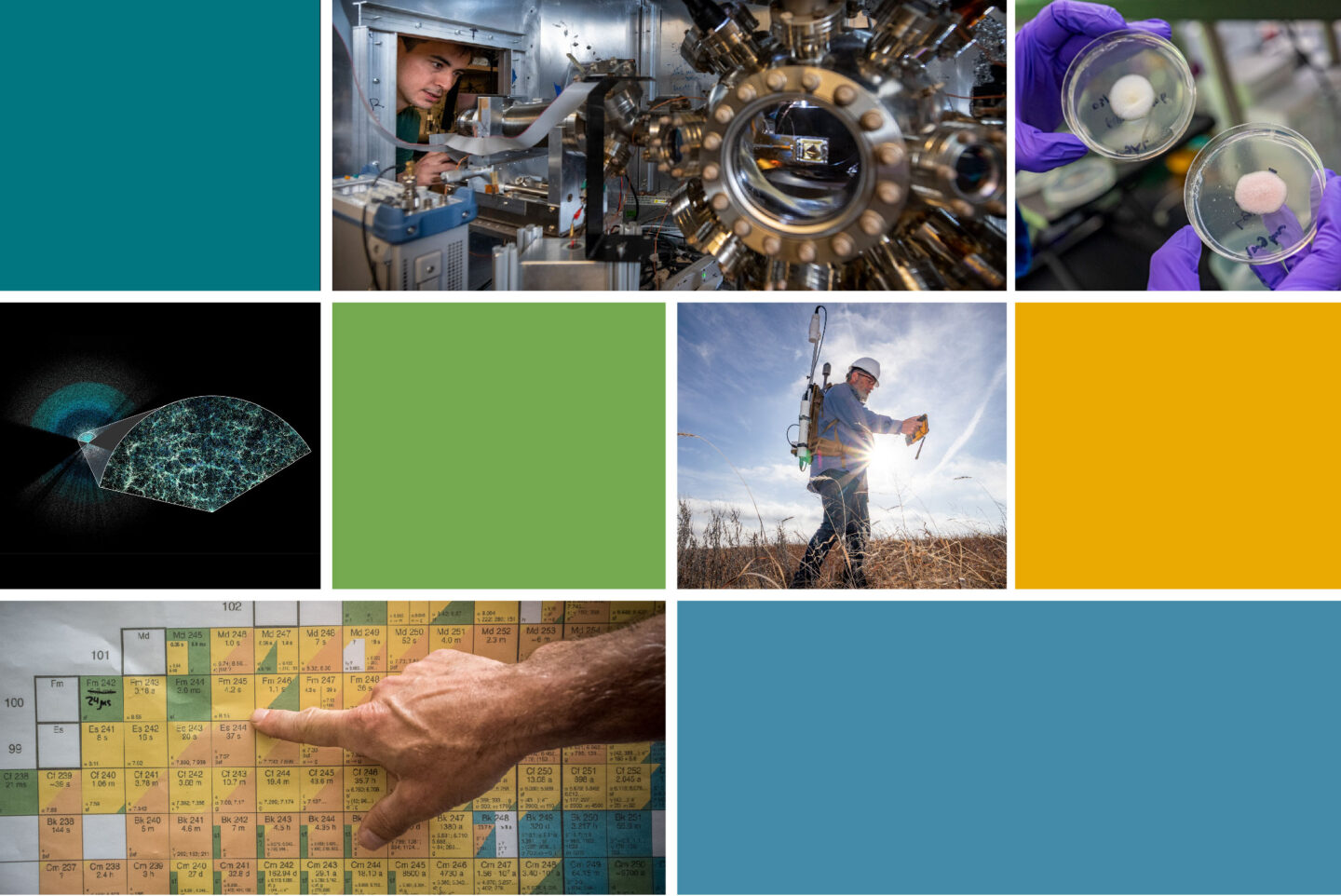This year, Lawrence Berkeley National Laboratory (Berkeley Lab) led research that pushes the boundaries of science and technology. From advancing our understanding of the universe to innovations in microelectronics, artificial intelligence, quantum science, and biomanufacturing, the lab’s teams have achieved remarkable milestones across diverse fields.
To celebrate the end of the year, here’s a roundup of some of our biggest stories that highlight the lab’s impact on science, society, and the future.
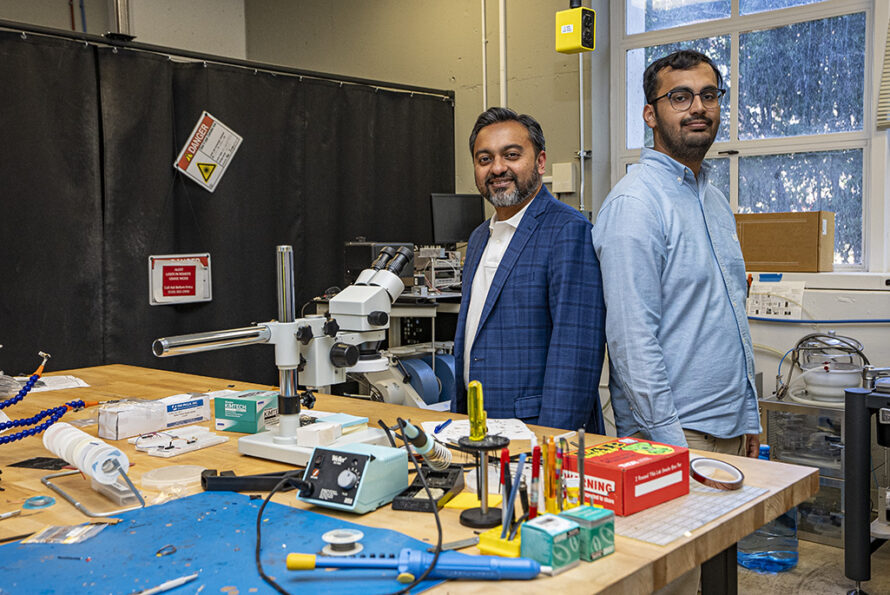
In the ongoing quest to make electronic devices smaller and more energy efficient, researchers want to bring energy storage directly onto microchips. This would reduce the losses when power is transported between various device components. To be effective, on-chip energy storage must be able to store a large amount of energy in a very small space and deliver it quickly when needed – requirements that can’t be met with existing technologies. Addressing this challenge, scientists at Berkeley Lab have achieved record-high energy and power densities in microcapacitors made with engineered thin films of hafnium oxide and zirconium oxide, using materials and fabrication techniques already widespread in chip manufacturing.
This research was featured in IEEE Spectrum and The Cooldown.
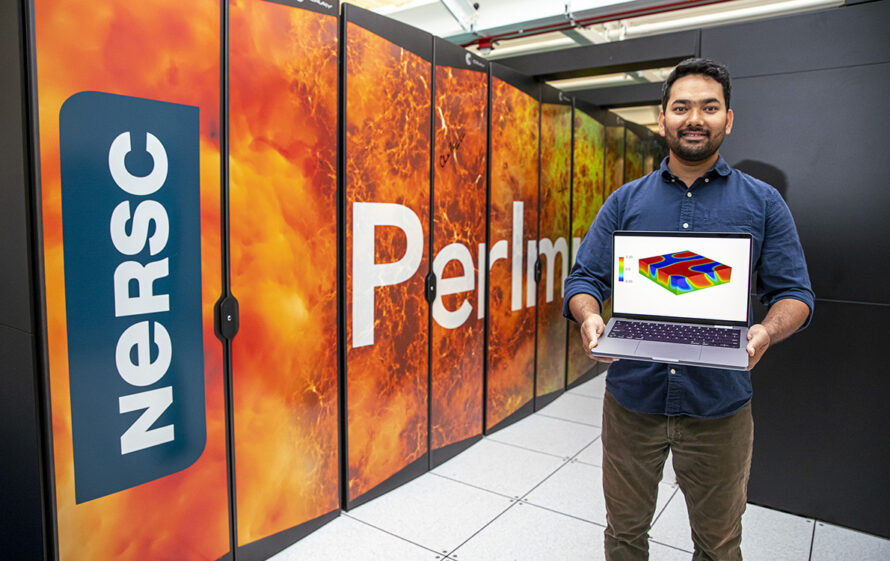
The growing demand for artificial intelligence and the Internet of Things – the vast network of connected devices in everything from smart grids to smart homes – will require a new generation of microchips that are more energy efficient than current technologies. To meet this challenge, researchers developed FerroX, a new open-source, 3D simulation framework that could advance record-breaking energy efficiency in microelectronics. The modeling framework will help researchers understand microscopic phenomena and develop ultra-low-power microelectronics much faster and cheaper than current approaches, which rely on costly investments in material growth and device fabrication.
This research was featured in Scientific Computing World.

Researchers developed an automated workflow that could enable drug discovery and chemical reaction analysis in real time. Running from a desktop computer instead of in a lab, the automated workflow uses statistical analysis to identify new chemical reaction products within a few hours instead of days. The advance could help speed the discovery of new pharmaceutical drugs and accelerate the development of new chemical reactions.
This research was featured in Chem Europe.
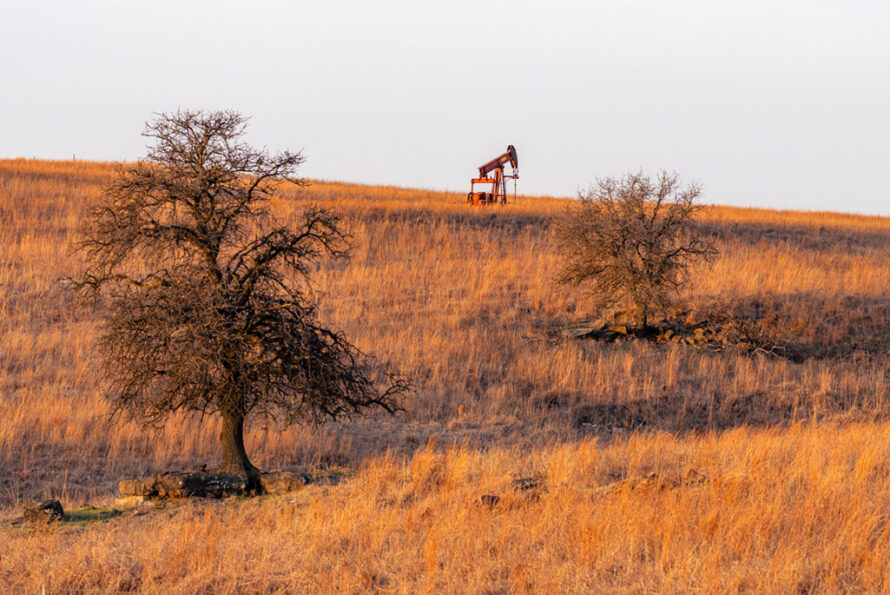
Forgotten oil and gas wells – those not listed in state records and with no known operator – pose hazards to the environment. Researchers trained artificial intelligence to comb through the symbols on historical maps and find these potential “undocumented orphaned wells” (UOWs). In their study, researchers identified UOWs in California and Oklahoma, and the technique could be expanded to search for wells across the United States. The research is part of a multi-lab program to build inexpensive, flexible tools that states and tribes can use to find wells and prioritize them for plugging.
This research was featured in The Houston Chronicle and Popular Science.
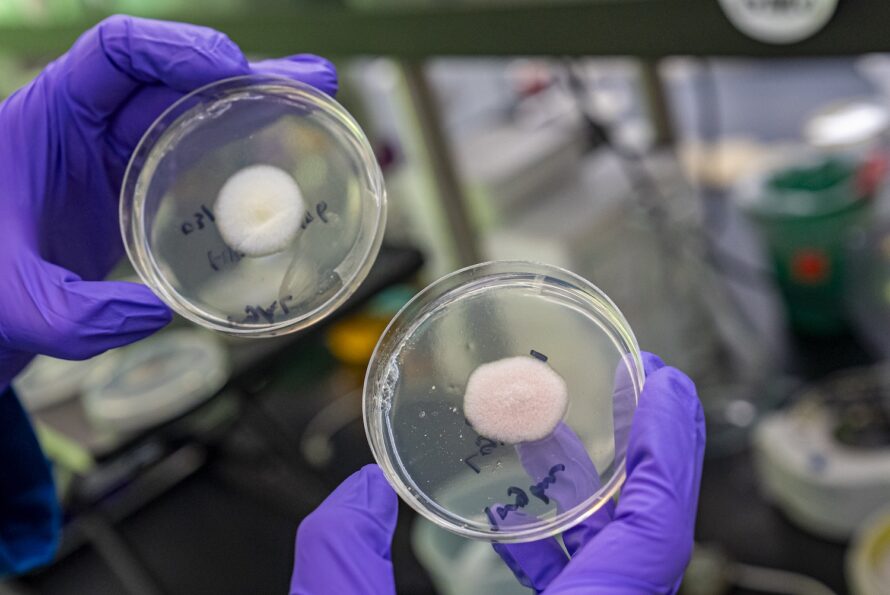
Fungi are stepping into the spotlight as a promising sustainable, cruelty-free protein source for the future. A team led by Berkeley Lab developed a CRISPR-Cas9 toolkit to edit the genome of Aspergillus oryzae, or koji mold—famous for its use in sake and soy sauce. By enhancing its production of heme (for meat-like flavor) and ergothioneine (an antioxidant found only in fungi), the team turned the white mold into a red, meat-mimicking patty. The work is just the beginning of the journey to tap into fungal genomes to create new foods.
This research was featured in Newsweek, The New York Post, and KCBS.
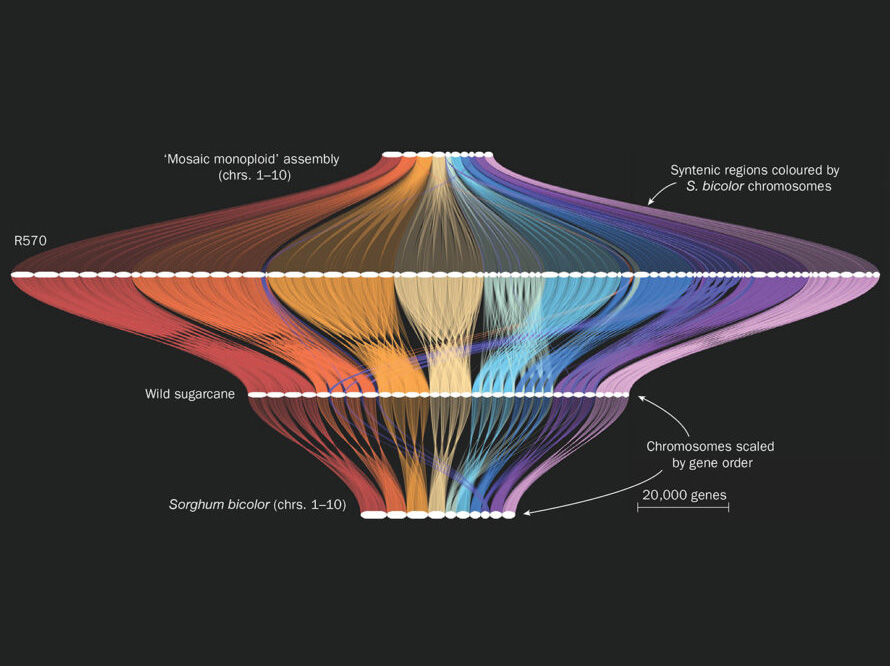
Modern hybrid sugarcane is one of the most harvested crops on the planet, used to make products including sugar, molasses, bioethanol, and bio-based materials. It also has one of the most complex genetic blueprints. Scientists mapped out sugarcane’s DNA and created the first highly accurate reference genome for the plant – where they found a rare example of how genes confer disease resistance. Exploring sugarcane’s genetic code could help researchers develop more resilient and productive crops, with implications for both sugar production and biofuels.
This research was featured in Earth.com.
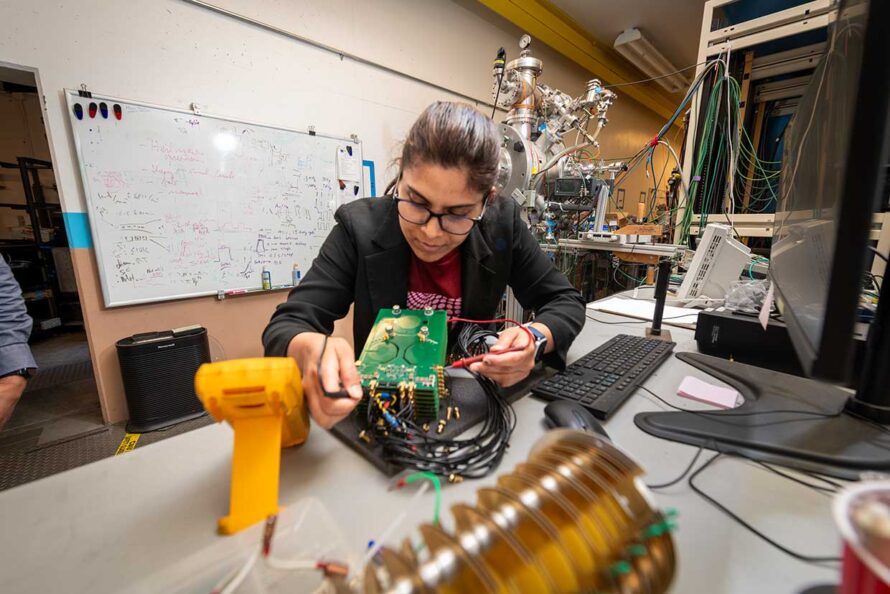
Quantum computers have the potential to solve complex problems in human health, drug discovery, and artificial intelligence millions of times faster than some of the world’s fastest supercomputers. A network of quantum computers could advance these discoveries even faster. But before that can happen, the computer industry will need a reliable way to string together billions of qubits – or quantum bits – with atomic precision. To overcome this hurdle, researchers developed a method that uses a femtosecond laser to program the formation of telecom-band optical qubits in silicon for large-scale manufacturing. The technique could enable scalable quantum computers of the future by building on current silicon-based computing infrastructure.
This research was featured in Earth.com and Laser Focus World
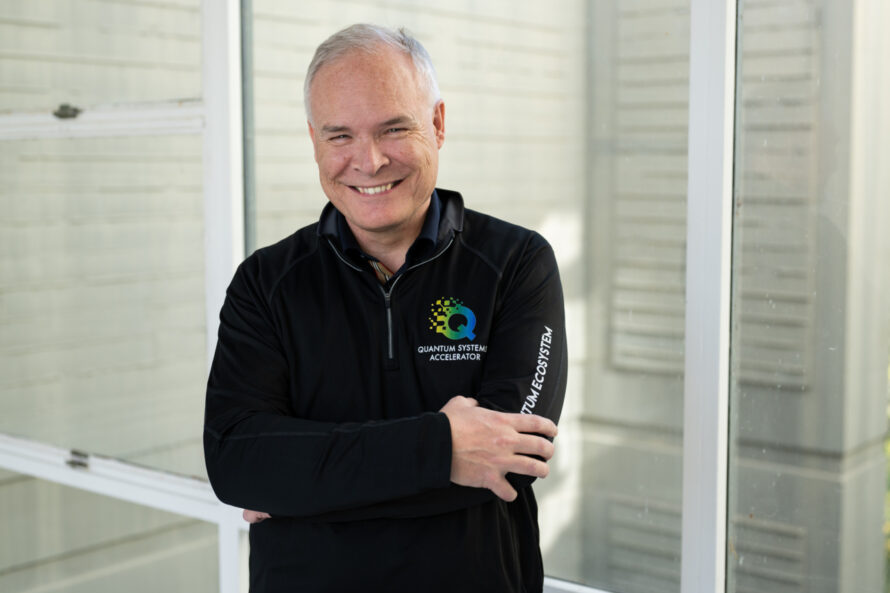
Quantum technologies may still be in development, but these systems are evolving rapidly and existing prototypes are already making a big impact on science and industry. One of the major hubs of quantum R&D is the Quantum Systems Accelerator (QSA), led by Berkeley Lab. QSA is one of five National Quantum Information (NQI) Science Research Centers funded by DOE to develop technologies that can solve longstanding challenges in physics, chemistry, materials, and biology that can’t be addressed with classical computers.
This research was featured in the Quantum Insider.
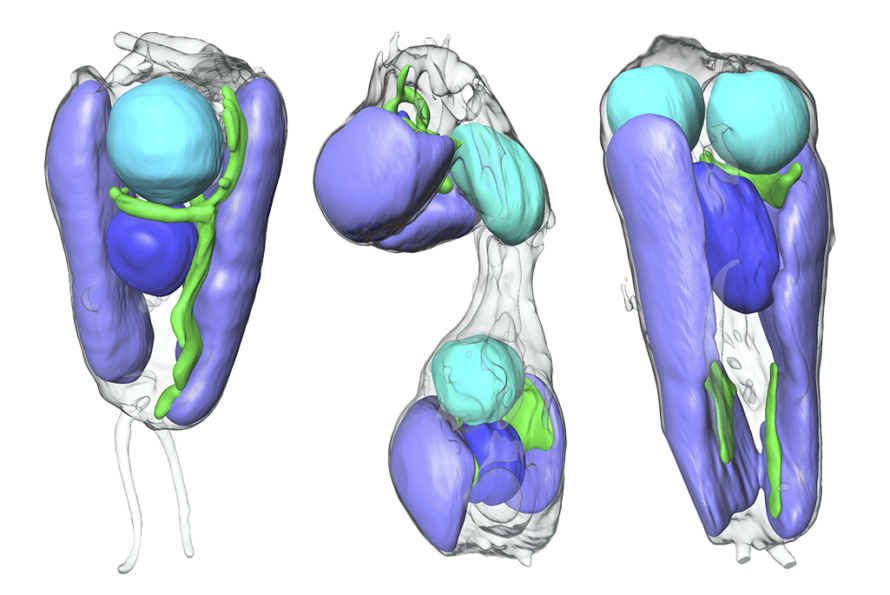
After years of work, an international team that includes Berkeley Lab scientists found evidence that a once-independent nitrogen-fixing microbe has become a permanent resident within algae cells. The organelle is the fourth example in history of primary endosymbiosis – the process by which a prokaryotic cell is engulfed by a eukaryotic cell and evolves beyond symbiosis into an organelle.
One of the runner ups in Science’s 2024 Breakthrough of the Year.
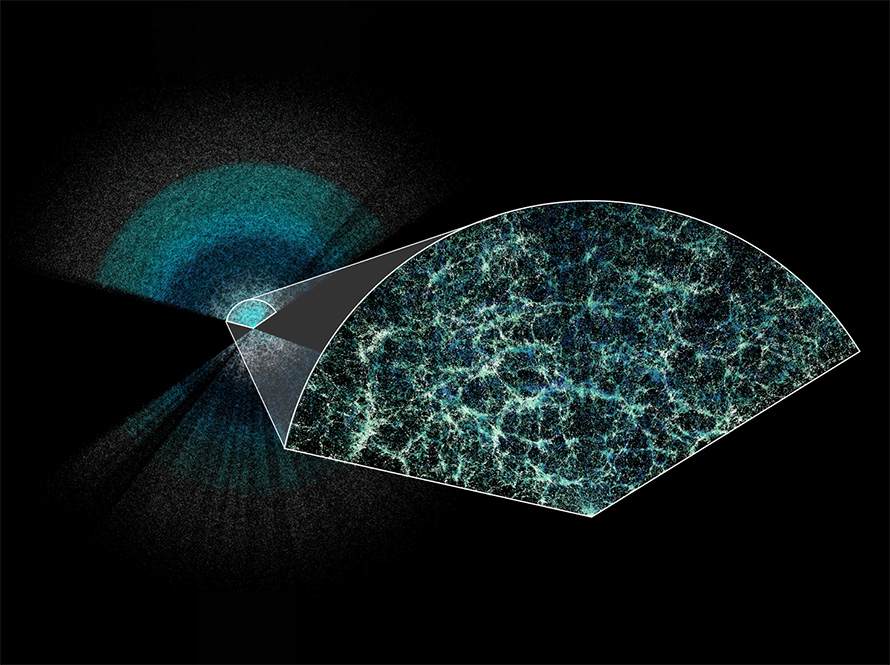
One of the biggest mysteries in physics is dark energy, the unknown ingredient causing our universe to expand faster and faster. Researchers used the Dark Energy Spectroscopic Instrument (DESI) to create the largest 3D map of our universe to date, giving us world-leading measurements of dark energy and an unprecedented look at how the universe has expanded over 11 billion years. The experiment’s first year of data provided tantalizing hints that dark energy might be evolving over time, but researchers will need more data to be sure. The DESI collaboration expects to publish its analysis of three years of data in 2025.
This research was featured in The New York Times, The Washington Post, Science, Nature, and Scientific American, and was named one of Time Magazine’s Best Inventions of 2024.
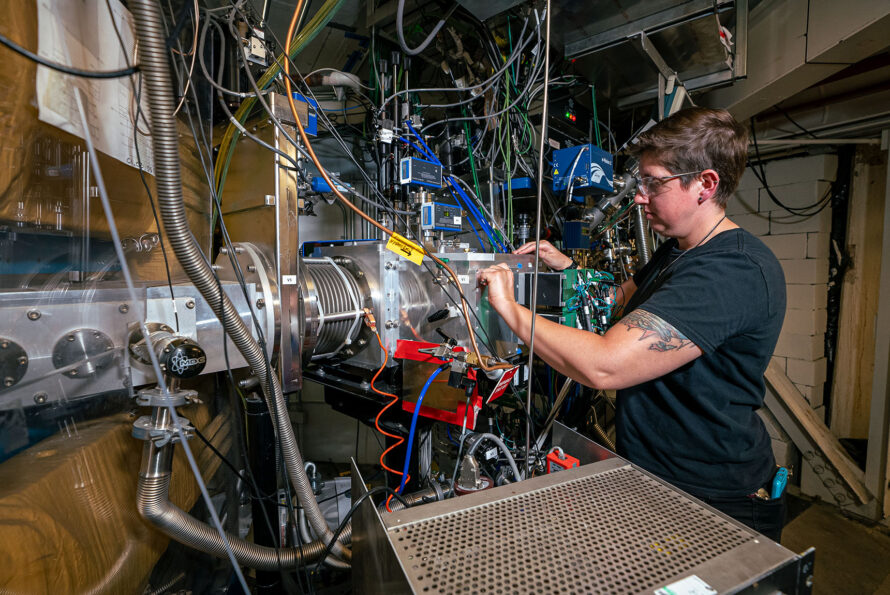
Berkeley Lab scientists are credited in the discovery of 16 of the 118 known elements. This year, researchers completed a crucial first step to potentially create a new element that would expand the periodic table. A team used the lab’s 88-Inch Cyclotron to make known element 116 (livermorium) using a titanium beam for the first time, a breakthrough that enables the lab to try to make element 120. If discovered, element 120 would be the heaviest atom ever created and provide new insights into how the atomic nucleus behaves.
This research was featured in The Washington Post, Nature, Science, Scientific American, and Chemistry World.
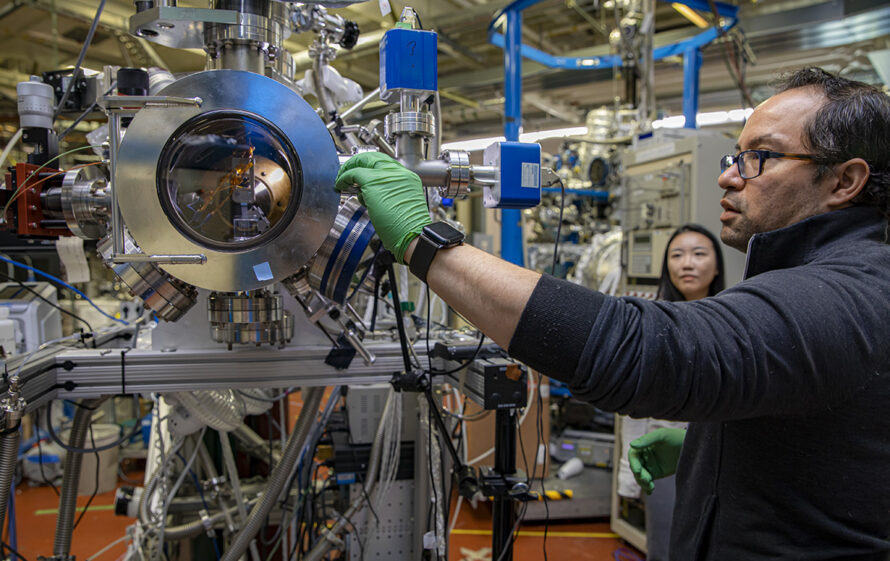
In September, the Department of Energy announced the creation of the Energy Storage Research Alliance (ESRA), which is led by Argonne National Laboratory and co-led by Berkeley Lab and Pacific Northwest National Laboratory. ESRA provides the scientific underpinning to address battery challenges, including safety, high-energy density, and long-duration batteries made from inexpensive, abundant materials.

DOE’s Efficient and Healthy Schools Program recognized 13 school district honorees. Berkeley Lab has provided technical support to the Efficient and Healthy Schools Program since its launch in 2021. The team includes staff from Berkeley Lab’s Energy Technologies Area who help design and administer this recognition program.
###
Lawrence Berkeley National Laboratory (Berkeley Lab) is committed to groundbreaking research focused on discovery science and solutions for abundant and reliable energy supplies. The lab’s expertise spans materials, chemistry, physics, biology, earth and environmental science, mathematics, and computing. Researchers from around the world rely on the lab’s world-class scientific facilities for their own pioneering research. Founded in 1931 on the belief that the biggest problems are best addressed by teams, Berkeley Lab and its scientists have been recognized with 16 Nobel Prizes. Berkeley Lab is a multiprogram national laboratory managed by the University of California for the U.S. Department of Energy’s Office of Science.
DOE’s Office of Science is the single largest supporter of basic research in the physical sciences in the United States, and is working to address some of the most pressing challenges of our time. For more information, please visit energy.gov/science.
